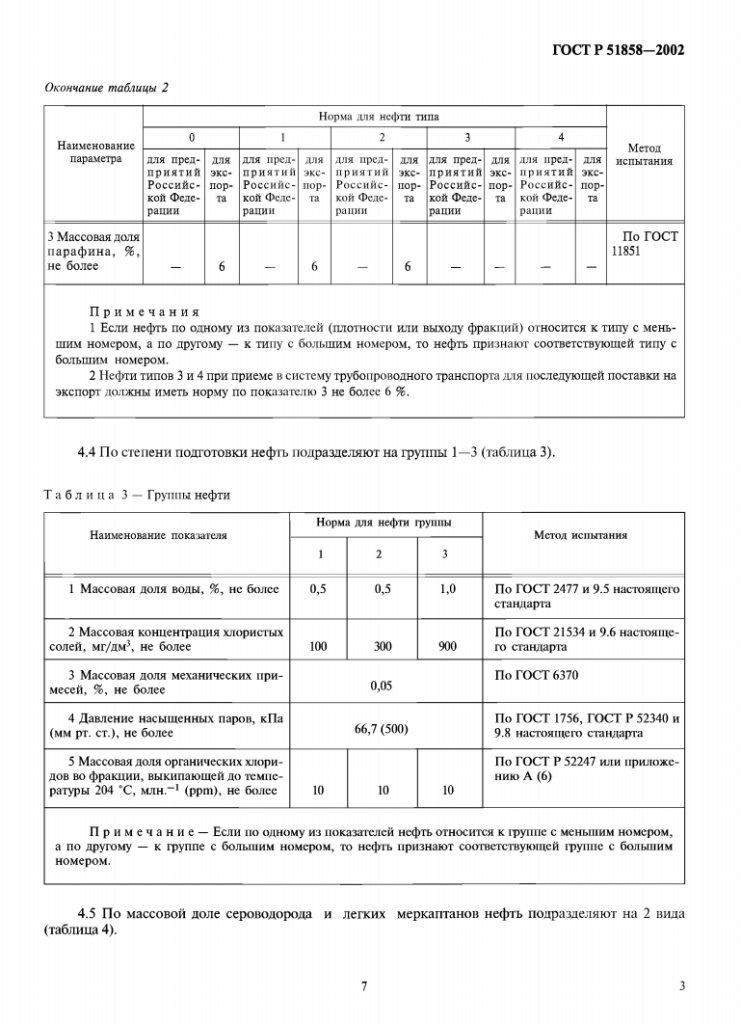Introduction: Embark on an insightful exploration of GOST 51858-2002, uncovering its crucial role in shaping oil sampling. Discover the profound significance, detailed guidelines, and extensive industry impact for a comprehensive understanding of its vital role in ensuring accuracy and quality.
1. Overview of GOST 51858-2002:
To start our journey, let’s carefully examine the fundamental elements. Consequently, this section offers an in-depth exploration, unraveling the foundational principles, methodologies, and criteria. This ensures consistency and reliability in the intricate process of oil sampling.

2. Practical Application of Sampling Procedures:
Transition into the practical realm of GOST 51858-2002. Here, explore specific procedures with a keen focus on extraction methods to sample handling. Meticulous guidelines are crafted to minimize errors and ensure the procurement of representative samples, essential for achieving precise analytical results.

3. Quality Assurance and Industry Compliance:
Navigate through the robust quality assurance aspects intricately embedded in GOST 51858-2002. By adhering to these stringent guidelines, professionals ensure not only individual excellence but also industry-wide compliance. Consequently, this fosters trust and transparency in the critical processes of sampling and testing for crude oil and petroleum products.

4. Industry Impact and Real-world Applications:
Delve into real-world applications within the industry. Through insightful case studies, vividly illustrate how this standardized framework significantly influences sampling practices, thereby improving data reliability. This contribution extends to the overall integrity of the intricate crude oil and petroleum product supply chain.
5. The Dynamic Nature of Standards:
Transition seamlessly into contemplating the dynamic nature of energy sector standards. This section thoroughly examines how GOST 51858-2002 flexibly adapts to technological advancements. Moreover, it explores potential future implications with foresight, ensuring sustained relevance and effectiveness in an ever-evolving landscape.
6. Conclusion: In summary, GOST 51858-2002 stands as a cornerstone in the realm of oil sampling. By unwaveringly adhering to its comprehensive guidelines, industry professionals champion accuracy, reliability, and quality assurance. Consequently, this commitment resonates significantly, ultimately contributing to the unwavering integrity of the global energy market.
For more detailed information , you can also visit the here.




